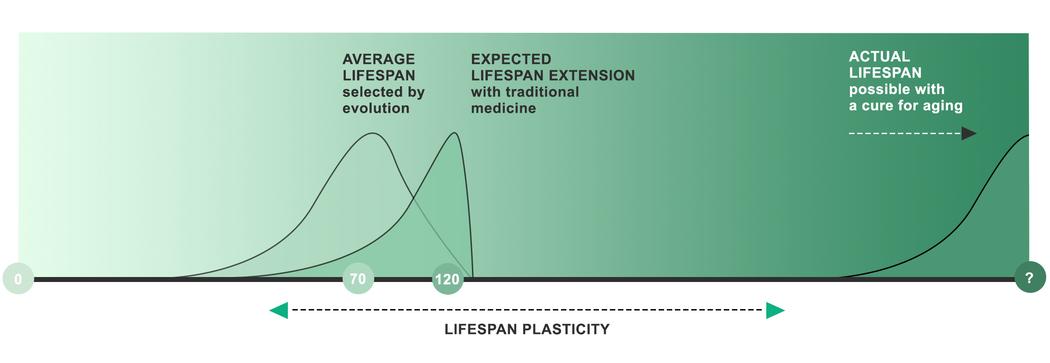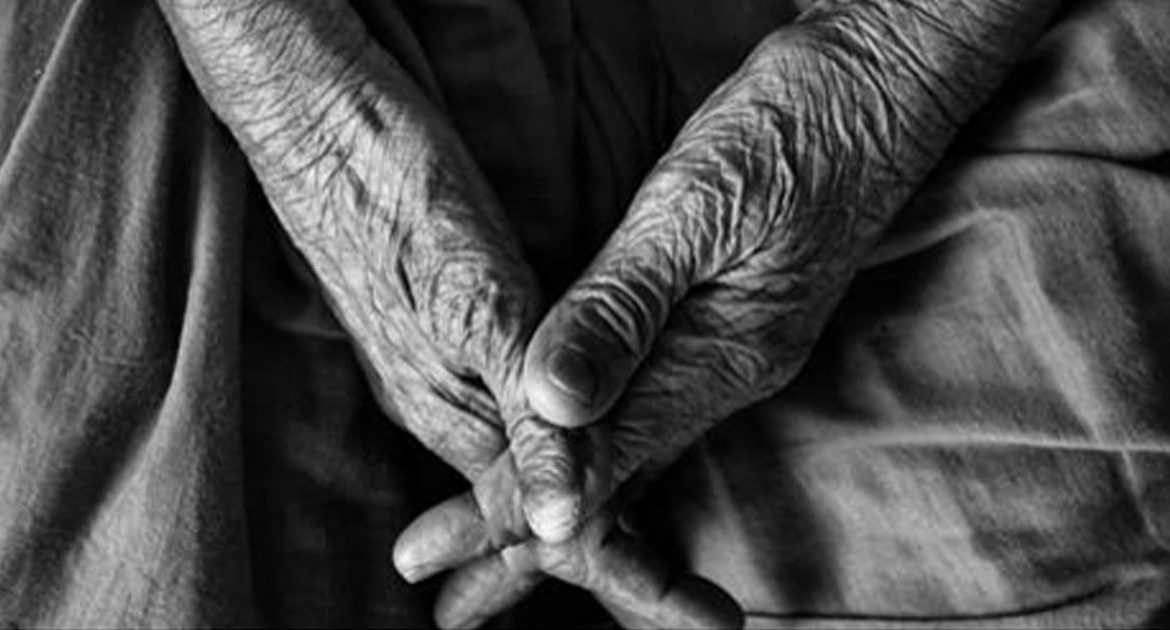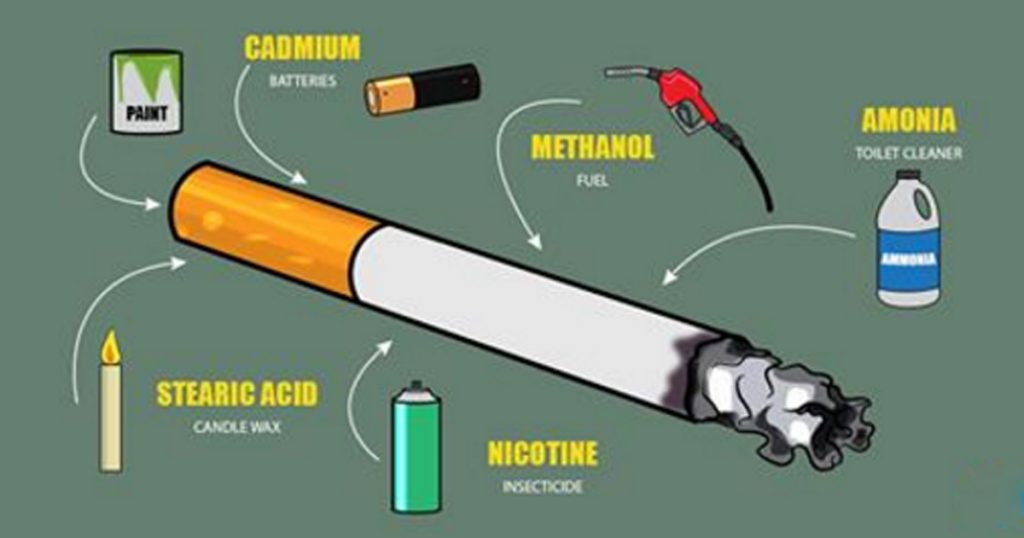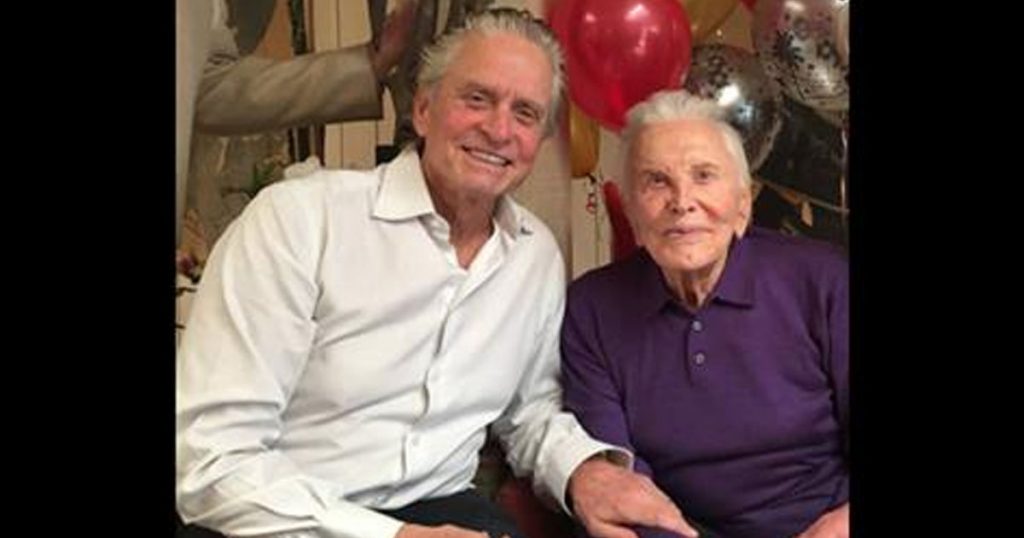A new model shows that evolution has programmed us to die—and that reprogramming isn’t off the table.
In nature, there are numerous species that die immediately after reproducing, like the female octopus. Others, like the alligator, may not age at all. So what do they have in common? They’re evidence that aging may not be an inherent trait, but a product of how species evolve in given environments—and that evolution may actually be programming species, including humans, to die.
The bound-to-be controversial idea is being put forward by Yaneer Bar-Yam, the head of the New England Complex Systems Institute (NECSI), Donald E. Ingber, the founding director of the Harvard Wyss Institute for Biologically Inspired Engineering, and Justin Werfel, a researcher affiliated with both. The team’s new work has been published in the Physical Review of Letters, and it argues that the «mathematics underpinning our understanding of evolution is fundamentally flawed.»
Right now, we assume that evolution is naturally selecting for organisms with longer lifespans—giving them a better chance to survive, right?
«In traditional theory, evolution will always choose the longest lifespan, and then what we experience is the longest possible, biologically,» Bar-Yam told me in a recent interview. «We can shorten it, we cannot lengthen it.»
But what if creatures’ lifespans—including humans’—weren’t necessarily determined by their bodies’ adeptness at staying alive, but regulated by evolution, based on the amount of resources available to a given population, and its members’ pressures to reproduce? What if death wasn’t a foregone conclusion, but rather a sort of measure instituted to ensure a single generation wouldn’t suck down all the resources and doom the next? That’s the team’s findings, stated very basically.
«If evolution is determining the lifespan that we have, then we can choose to change that, by intervening in the mechanism that is being used to control our lifespans,» Bar-Yam said. His works cites the host of creatures whose bodies behave starkly against their own self interest as evidence that death is evolutionary regulated, not inherent.
«Aging is not inherent. It’s genetic. The prospect of extending lifespans dramatically is a reasonable conclusion.»
«For example, there’s an octopus that lives until it reproduces then it dies,» he tells me. «But if you remove its gland it will continue to live, and that death is being triggered by the system as opposed to an inherent breakdown.»
«Crocodiles,» he continues. «As far as we know, they don’t age. There are animals that have wildly varying lifespans in relation to each other. Rockfish—some of them live a few years, and some of them live hundreds of years.» Bar-Yam sent me a graph of the different Rockfish species, and they live for radically different lifespans, despite remarkable genetic similarities.

Rockfish lifespans. Cailliet et al, Experimental Gerontology, 36, 739 (2001)
All this, he says, is evidence that aging is not inherent, but a baked-in evolutionary tic.
So how did the researchers get there? Why had the previous mathematical model used to describe evolution come to such a radically different conclusion?
«That traditional evolutionary theory works with an assumption where every organism is in the same environment,» Bar-Yam said. «You can call it an averaging approximation. In physics, it’s called the ‘mean field approximation,’ and it basically ignores the local context. One of the core things that we’ve done is point out that when local context is included in the theory, what you end up having is a feedback property between the organism and the environment, and the organism’s properties change the environment, and that changes the outcome.»
Team Harvard + NECSI employed a new, and, they believe, more accurate model for how organisms interact with the local resources they depend upon for survival, over time.
The result is fascinating: «We find that spatial heterogeneity of limiting resources and self-organizing population structures result in robust selection for lifespan limitation,» they write in the paper. In other words: combine limited resources and fierce competition in a given region with a population fighting for survival, and it results in shorter lifespans. «In our model, intrinsic mortality leaves resources for descendants, which are more likely to be found in the same local region, increasing long-term strain success.»
That means, in other words, that when resources are scarce, a species as a whole has a better shot at surviving if its populations are organizing themselves to promote long term survival with shorter individual lifespans. They are evolving to combat overpopulation and overconsumption, basically.
«If an organism makes the environment worse, they don’t suffer directly, but their offspring suffer, and their descendants suffer,» Bar-Yam told me «It turns out that has incredible relevance to how social organization happens.»
«Organisms will be the most exploitative possible and it turns out that this applies to the evolutionary lifespan. If all of us have the same environment and having a longer lifespan allows you to reproduce more, then you’re going to be more successful. But if locality matters, and you affect your environment, as your lifespan gets longer and longer, you and your offspring deplete your environmental resources, and that’s detrimental.»
That of course includes humans, and it’s where things get interesting. Because Bar-Yam believes that the model shows that humans could be living a lot longer than they do now—we have, after all, inherited a lifespan from times when our forebears were eking out an existence as scrappy hunter gatherers. «Is there an inherent limit to our ability to self-repair in the long term? And the answer is, there may be—but that doesn’t mean that’s what we’re experiencing.»
«If this is the basis that science has been denying the prospect of life extension,» he adds, «the natural thing to do is to go back and say okay, what are the alternative conclusions.»
Bar-Yam has given the subject some thought, and he tells me that he doesn’t just think that his findings mean humans could be living longer—he thinks it «is reasonable to expect multifold extension, i.e. even 5 or 10 times.»

Image: NECSI
«There is no reason that the scale of lifespan we see is the same as any fundamental limit,» Bar Yam says. «We already have examples of mutations that extend life by 5 or 10 fold in nematodes, and there are animals that have no apparent aging.» He’s also given some thought to what the mechanism might finally be that trumps aging, though it’s not the subject of the paper.
«Even though the regulation is inherently genetic, it doesn’t mean that the only way to change it is inherently genetic,» he said. «It’s possible that vitamins, drugs, and pharmacological interventions will be able to do it.»
Last year, a study published in Science found that when the «growth factor» protein, GDF11, was infused into aging mice, it appeared to stop the aging process. It lead Motherboard’s Michael Byrne to label old age a new disease. There’s also been a lot of research into telomeres, protective caps on the ends of chromosomes that are linked to their decline—a recent Stanford study showed that telomere extension «turned back the aging clock in cultured human cells.»
There’s also that major, looming question: What if evolution is right to keep our lifespans shorter? If nobody dies, don’t we risk overpopulation and overconsumption in this fast-crowding planet? Bar-Yam isn’t convinced. He recognizes that currently, the way we distribute resources is profoundly inequitable. But he emphasizes that we are nonetheless capable of producing enough food to feed the population comfortably, if we didn’t engage in foolhardy practices like burning edible crops for fuel.
«If we are going to intentionally be able to alter our lifespans, we certainly have a responsibility to secure our resources,» Bar Yam says. «If people discover a switch that allows people to live for hundreds of years, the answer is we have not addressed the resource issues of the world. But it’s not at all clear we have constraints.»






